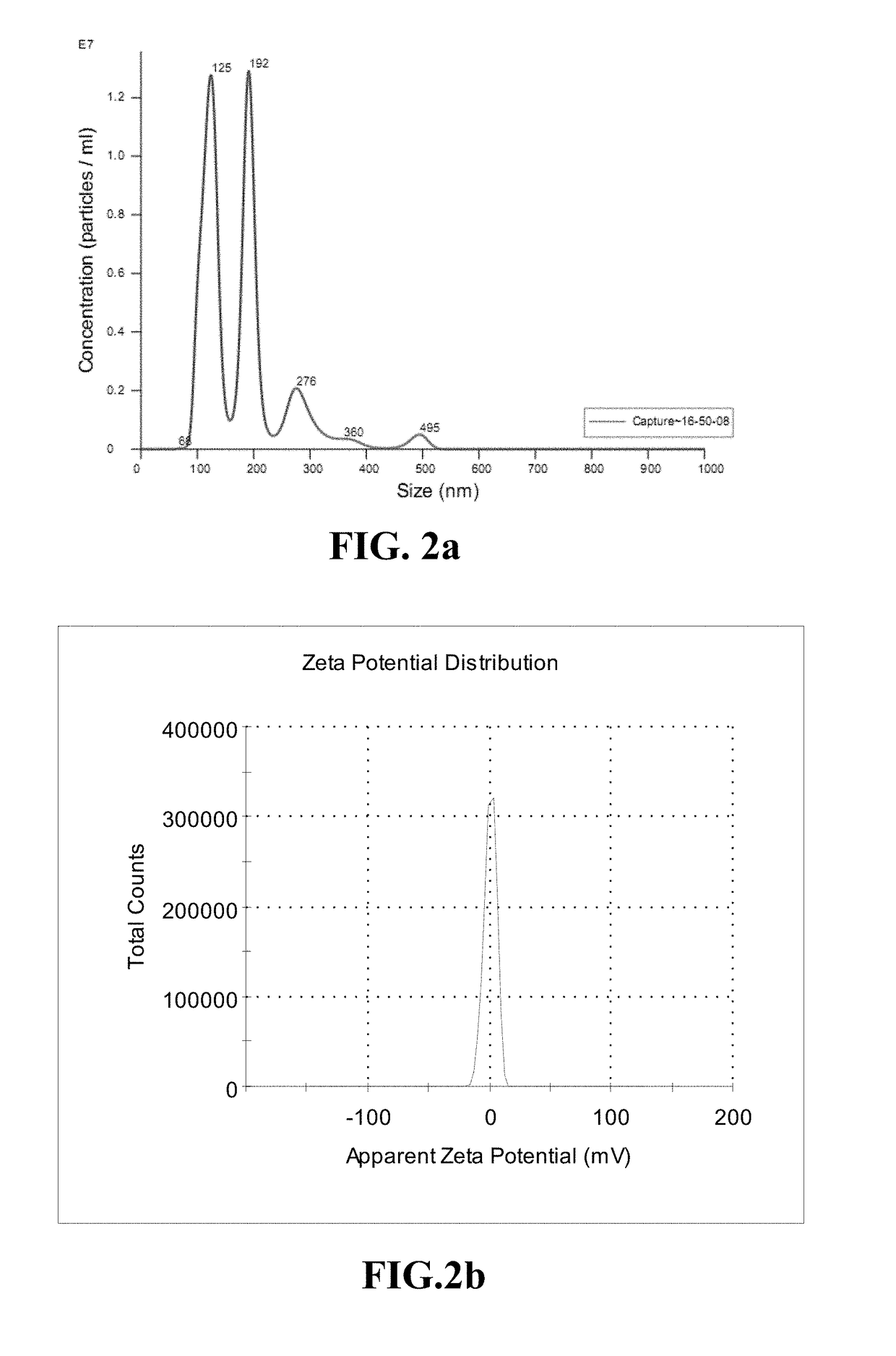Composite Nanodots Based on Carbon Nanodots and Preparation Method Thereof
a carbon nanodot and nano-dot technology, applied in the field of composite carbon nanodots, can solve the problems of low biocompatibility and high cytotoxicity, low resistance to photobleaching and short half life, and low biocompatibility and safety. , to achieve the effect of high fluorescence imaging sensitivity, good biocompatibility and safety, and potential value in personalized medicin
- Summary
- Abstract
- Description
- Claims
- Application Information
AI Technical Summary
Benefits of technology
Problems solved by technology
Method used
Image
Examples
embodiment 1
[0034] 2 milliliters of wolfberry leaching agent and 2 milliliters of methylene blue solution (0.5 milligrams / milliliters) are mixed, and then diluted 1 fold using ultra-pure water to obtain a precursor solution. The precursor solution is then placed in a 5 milliliter special glass bottle for use in microwave reaction instruments, and afterwards, the bottle is placed in a microwave reaction instrument, and the reaction conditions are set to 180 degrees centigrade and 30 minutes. The reaction system is allowed to wait for 50 minutes, and then centrifugated, and the supernatant liquid is retained, and composite carbon nanodots are obtained following ultrafiltration. The methylene blue concentration measured in composite nanodots using ultraviolet spectrophotometer standard curve method is 5.6 micrograms / milliliter. Measurements are made by a laser particle analyzer according to dynamic light scattering principle, and the composite carbon nanodot grain size distribution is found as 179...
embodiment 2
[0035] 10 milliliters of freshly brewed soy milk and 1 milliliter of methylene blue solution (0.5 milliliter / milliliters) are mixed, and then diluted 10 folds using ultra-pure water to obtain a precursor solution. The precursor solution is then placed in a 5 milliliter special glass bottle for use in microwave reaction instruments, and afterwards, the bottle is placed in a microwave reaction instrument, and the reaction conditions are set to 100 degrees centigrade and 5 hours. The reaction system is allowed to wait for 60 minutes, and then centrifugated, and the supernatant liquid is retained, and composite carbon nanodots are obtained following ultrafiltration. The methylene blue concentration measured in composite carbon nanodots using ultraviolet spectrophotometer standard curve method is 8.6 micrograms / milliliter. Measurements are made by a laser particle analyzer according to dynamic light scattering principle, and the grain size distribution of the composite carbon nanodots lo...
embodiment 3
[0036] 1 milliliter of dietary milk and 10 milliliters of methylene blue solution (0.5 milligrams / milliliters) are mixed, and then diluted 5 folds using ultra-pure water to obtain a precursor solution. The precursor solution is then placed in a 5 milliliter special glass bottle for use in microwave reaction instruments, and afterwards, the bottle is placed in a microwave reaction instrument, and the reaction conditions are set to 160 degrees centigrade and 2 hours. The reaction system is allowed to wait for 1 hour, and then centrifugated, and the supernatant liquid is retained, and composite carbon nanodots are obtained following dialysis. The methylene blue concentration measured in composite carbon nanodots using standard curve method is 1.8 micrograms / milliliter. Measurements are made by a laser particle analyzer according to dynamic light scattering principle, and the grain size distribution of the composite carbon nanodots loaded on methylene blue are found as 434.4±196.8 nanom...
PUM
 Login to View More
Login to View More Abstract
Description
Claims
Application Information
 Login to View More
Login to View More - R&D
- Intellectual Property
- Life Sciences
- Materials
- Tech Scout
- Unparalleled Data Quality
- Higher Quality Content
- 60% Fewer Hallucinations
Browse by: Latest US Patents, China's latest patents, Technical Efficacy Thesaurus, Application Domain, Technology Topic, Popular Technical Reports.
© 2025 PatSnap. All rights reserved.Legal|Privacy policy|Modern Slavery Act Transparency Statement|Sitemap|About US| Contact US: help@patsnap.com



